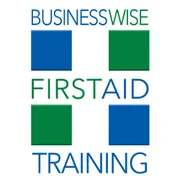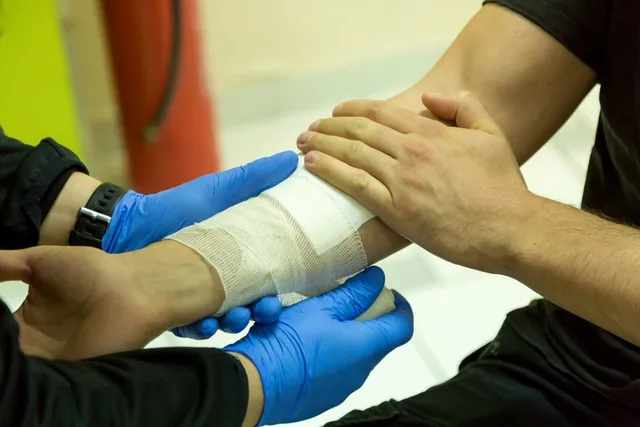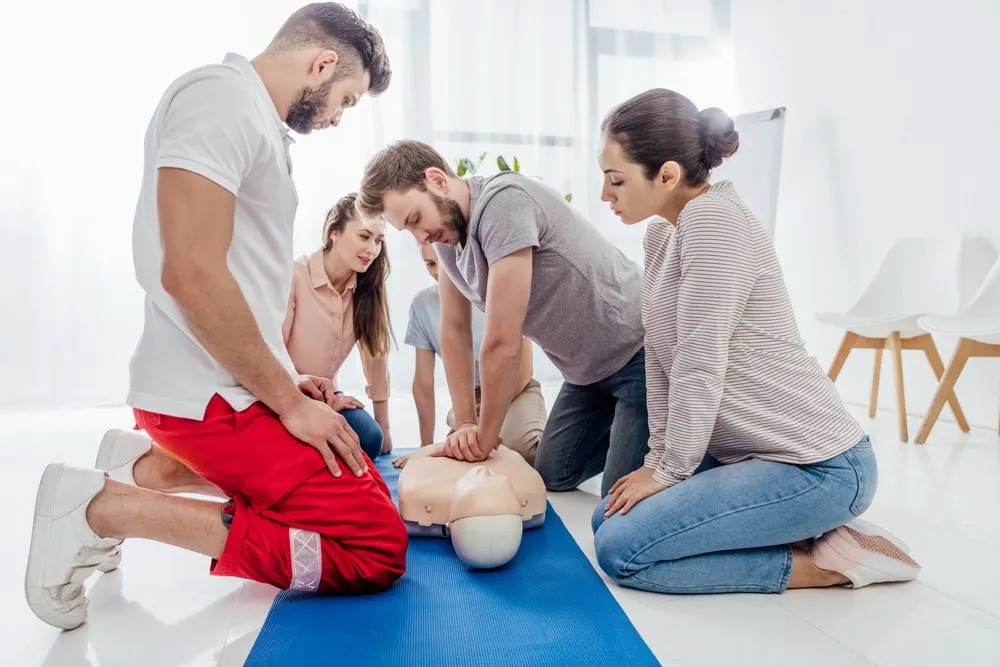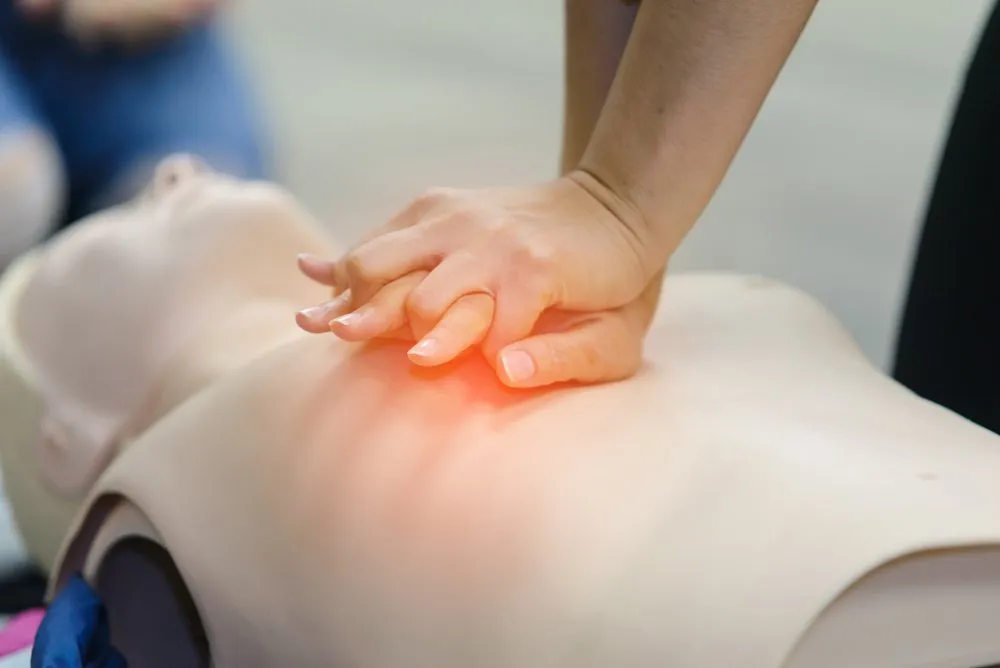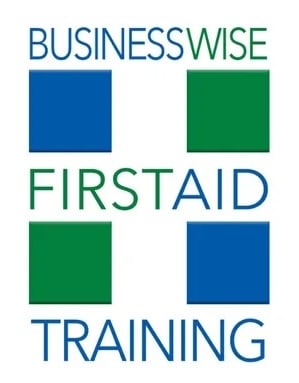Burns are common injuries that can occur at home, work, or during recreational activities, and knowing how to provide immediate first aid is crucial.
As per the Australia Institute of Health and Welfare, in 2013-14 there were 5,440 cases of hospitalised burn injury. About two-thirds of patients were male cases.
In this post, we’ll explore essential first-aid tips for burns, equipping you with the knowledge to respond confidently and effectively in emergencies. Remember, proper first aid can make a significant difference in the severity of a burn and the speed of recovery.
Identifying the Severity of Burns
Before administering first aid, it’s important to assess the severity of the burn. Burns are typically classified into three categories:
- First-Degree Burns: Affecting only the outer layer of skin, first-degree burns are characterized by redness, swelling, and pain. They are often minor and can be treated with simple first-aid measures.
- Second-Degree Burns: Penetrating deeper into the skin, second-degree burns cause blistering, and intense pain, and may appear red, white, or splotchy. These burns require prompt medical attention.
- Third-Degree Burns: The most severe type of burn, third-degree burns penetrate all layers of skin and may even damage muscles and bones. They often appear charred or white and require immediate medical attention.
First Aid Tips for Burns
Regardless of the severity, here are some essential first-aid tips for responding to burns:
- Cool the Burn: For minor burns (first-degree), immediately cool the affected area under cool running water for at least 10 minutes to reduce pain and prevent further damage. Avoid using ice, as it can worsen the injury.
- Remove Constrictive Items: Remove any tight clothing or jewellery near the burn area before swelling occurs.
- Cover the Burn: Once cooled, cover the burn with a sterile, non-adhesive bandage or clean cloth to protect it from infection.
- Seek Medical Attention: For more severe burns (second or third-degree), or burns larger than the palm, seek immediate medical attention. Do not attempt to treat these burns at home.
- Manage Pain: Over-the-counter pain relievers like ibuprofen or acetaminophen can help alleviate pain associated with minor burns. Follow dosage instructions carefully.
- Do Not Pop Blisters: If blisters form, do not attempt to pop them, as this can increase the risk of infection. Instead, keep the area clean and covered.
- Avoid Home Remedies: Avoid applying butter, oil, or other home remedies to burns, as these can trap heat and worsen the injury.
- Monitor for Signs of Infection: Keep a close eye on the burn for signs of infection, such as increased pain, redness, swelling, or drainage. If infection occurs, seek medical attention promptly.
Equip yourself with the knowledge and skills to respond effectively to burns and other emergencies by enrolling in a First Aid Course with Business Wise First Aid Training in Newcastle. Our expert instructors provide hands-on training and certification, ensuring you’re prepared to handle any situation. Don’t wait until it’s too late – invest in your safety and the safety of others today. Contact us to learn more and book your course.
